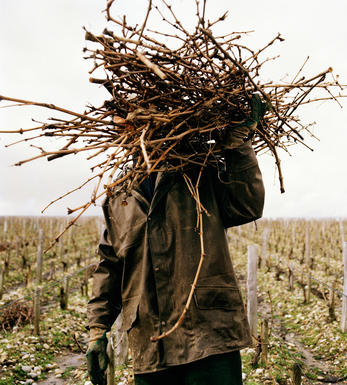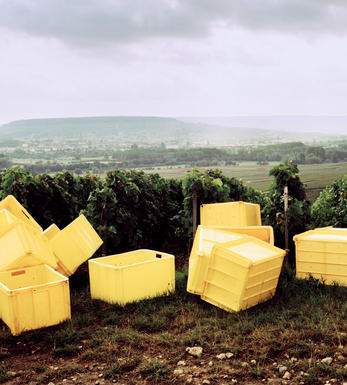
About this WINE

Champagne R & L Legras
Although one should not necessarily judge a Champagne by the number of listings it has in the Michelin restaurants of Paris, one can not fail but to be impressed by Legras in this respect, in many other respects indeed as one tastes the wines.
Founded in the sixteenth century Legras is one of the great names of Chouilly, the famous and most northerly village of the Côte de Blancs. The House style combines a firm and classic structure with a generous fruit profile.

Champagne
Our wine buyers leave no stone unturned in their quest to find the best Champagnes, and Berry Bros. & Rudd takes particular pride in its eclectic range of artisan Champagnes that represent a real sense of terroir, original winemaking, labour-intensive viticulture (often organic/biodynamic) and the uncompromising excellence of the end product.
How Champagne is made
In 1668, in the village of Hautvillers, the monk turned cellar master, Dom Pérignon, is said to have discovered how to make sparkling wine; while the same technique is used all over the world today, the region of Champagne continues to make some of the finest.
So what makes wine sparkle? Adding a solution of sugar and yeast to a white wine starts another fermentation in the bottle which results in the bubbles. Once the yeasts have done their job, a sediment known as ‘lees’ collects on the side of the bottle; contact with this deposit during maturation gives the wine its characteristic flavours of freshly-baked bread, toast and biscuit. Once this sediment is isolated (remuage) and removed (dégorgement), the Champagne is topped up with a sugar solution to make it dry or sweet
The Champagne Wine Region
Champagne is the most northerly wine region in France and is situated north-east of Paris. There are three main vineyard areas: Côte des Blancs, Vallée de la Marne and Montagne de Reims.
Ripeness of the grapes is often a problem, which is one reason why a blend of grape varieties is usually used: the white Chardonnay to give fruit and elegance, and two reds – Pinot Noir (particularly to provide a ‘backbone’) and Pinot Meunier.
In Champagne there are around 15,000 growers and 290 Champagne houses. Traditionally, growers have sold their grapes to the Champagne houses which account for 70 percent of production and 90 percent of exports. Recently, increasing numbers of growers are making growers’ Champagnes themselves, using their own grapes.
The Champagne houses used to be organized into a Syndicat des Grandes Marques, which had 28 members, not all of them of equal quality. That has now been superseded by the Club des Grandes Marques, with 24 participants: Ayala, Billecart-Salmon, Bollinger, Canard- Duchêne, Deutz, Dom Pérignon, Heidsieck & Co. Monopole, Henriot, Krug, Lanson, Laurent-Perrier, Moët & Chandon, G.H. Mumm, Perrier Jouët, Joseph Perrier, Piper-Heidsieck, Pol Roger, Pommery, Ch. & A Prieur, Louis Roederer, Ruinart, Salon, Taittinger, Veuve Clicquot-Ponsardin.
Champagne Styles
Vintage Champagne
Made exclusively from grapes grown in a single year, this is produced only in the best years, and is released at about six years of age.
Non-Vintage Champagne
Most of the Champagne produced today is Non-Vintage, comprising the blended product of grapes from multiple vintages. Typically grapes from a single-year vintage will form the base of the blend, ranging from 15 percent to up to 40 percent.
Rosé Champagne
Typically light in colour, rosé Champagne is produced either by leaving the clear juice of black grapes to macerate on its skins for a brief time (known as saigneé), or by adding a small amount of Pinot Noir red wine to the sparkling wine cuvée. The saigneé method is more elaborate and costly, requiring highly-skilled winemaking, hence only a few houses still use it – among them Laurent Perrier and Louis Roederer.
Luxury (Prestige) Cuvée
Top of the range, this is vintage-dated. Famous examples include Louis Roederer's Cristal, Laurent-Perrier's Grand Siècle, Moët & Chandon's Dom Pérignon, Duval-Leroy's Cuvée Femme and Pol Roger's Cuvée Sir Winston Churchill.
Demi-Sec (Rich) Champagne
Demi-Sec or Rich is a medium-dry to medium-sweet style which occupies the other end of the spectrum from the standard dry "Brut" style. Brut Natural or Brut Zéro contains less than three grams of sugar per litre, Extra Brut has less than six grams of sugar per litre, and Brut less than 12 grams of sugar per litre.
Recently Disgorged Champagne
R.D. (Recently Disgorged) style was introduced for the first time by Madame Bollinger in 1961, on the 1952 Bollinger Grande Année vintage. Late disgorgement allows the Champagne to retain its freshness, vivacity and fruity expression, despite the ageing.
Blanc de Blancs Champagne
Blanc de Blancs denotes a Champagne made exclusively from Chardonnay grapes.
Blanc de Noirs Champagne
Blanc de Noir Champagnes are made exclusively from black grapes, Pinot Noir (typically) and Pinot Meunier grapes. Bollinger's prestige cuvée Vieilles Vignes Françaises is the lead example.

Chardonnay
Chardonnay is often seen as the king of white wine grapes and one of the most widely planted in the world It is suited to a wide variety of soils, though it excels in soils with a high limestone content as found in Champagne, Chablis, and the Côte D`Or.
Burgundy is Chardonnay's spiritual home and the best White Burgundies are dry, rich, honeyed wines with marvellous poise, elegance and balance. They are unquestionably the finest dry white wines in the world. Chardonnay plays a crucial role in the Champagne blend, providing structure and finesse, and is the sole grape in Blanc de Blancs.
It is quantitatively important in California and Australia, is widely planted in Chile and South Africa, and is the second most widely planted grape in New Zealand. In warm climates Chardonnay has a tendency to develop very high sugar levels during the final stages of ripening and this can occur at the expense of acidity. Late picking is a common problem and can result in blowsy and flabby wines that lack structure and definition.
Recently in the New World, we have seen a move towards more elegant, better- balanced and less oak-driven Chardonnays, and this is to be welcomed.



Buying options
Add to wishlist
Description
Aptly-named, L’Exceptionelle shows the heights to which Legras can ascend, helped no doubt by old Chardonnay vines and the outstanding 1996 vintage. Pears, lemon zest and white flowers greet the nose, then the palate assumes a richly honied texture, with a satisfying mineral mirror-bright acidity providing an underlying tension and cerebral satisfaction that will be resolved harmoniously on the finish.
(Simon Field MW, BBR Buyer)
wine at a glance
Delivery and quality guarantee